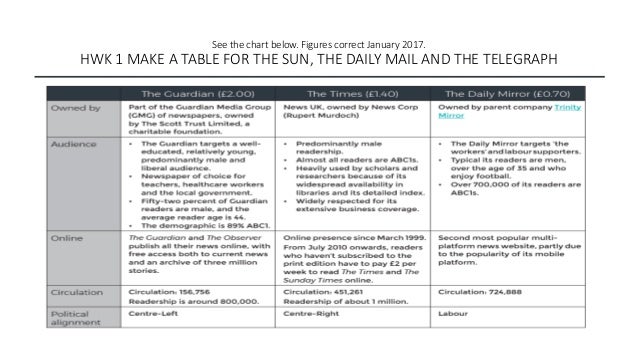Millennials Vs. Boomers
News Readers
Millennials - The younger generation (under 30), that get their news from twitter and social media platforms online.Boomers - The older generation (above 30), that traditionally watch BBC News at 6pm where the main focus is formal news on politics, weather and world issues. Or Channel 4 for catch-up TV.
News Addicts - type of readers/people
- Fix - Access news constantly, prompted by a general need and state of distraction
- Track - Access news regularly throughout the day to keep up to date with breaking stories
- Fill - Access news to pass the time when moving from one place to another
- Indulge - Make time to enjoy the news as a break from everything else in the day
- Invest - Read the news regularly to get an in-depth perspective on stories
Examples of when stories are posted online before they are published as proper news on tv
- Ariana Grande Manchester terrorist attack- Bitcoin
- Harry Potter filming scenes being leaked before the film was in screening
- Terrorism attacks
- Natural disasters
The Pros and Cons of social media news
Pros:
- immediacy
- everyone can report on it
- stories spread very quickly
- phones can be where Tv filming isn't
Cons:
- 140 characters to write a story/post on twitter
- false news
- facts missing/inaccuracy
- biased/one sided
- amateur reporters putting others in danger in order to get news
Top 4 Newspapers
- Metro
- The Guardian
- The Sunday Times
- Daily Mail
Newspapers
The Guardian: Is the 4th famous in the world but 2nd most read. It is known for being a well-written, interesting, informative, intelligent and good for politics.Daily Mail: Is the most famous newspaper today, however contrasts to the amount of readers making it the 4th most read newspaper. The Daily Mail is known for standing up for ordinary people, interesting, informative.
The Sun: The Sun has a reputation for being entertaining, amusing, good for sport and read by ordinary people. However, the false and exaggerated news makes this newspaper 13th most popular.












